

— Products —
 Consumer hotline +8618073152920
Consumer hotline +8618073152920 WhatsApp:+8615367865107
Address:Room 102, District D, Houhu Industrial Park, Yuelu District, Changsha City, Hunan Province, China
All products
An ultrasonic snow sensor is a device designed to measure snow depth using ultrasonic technology. These sensors typically consist of a transmitter and a receiver. The transmitter emits ultrasonic pulses, and the receiver detects the reflections of these pulses off the surface of the snow. By measuring the time it takes for the ultrasonic pulses to travel to the snow surface and back, the sensor can determine the distance and thus calculate the depth of the snow.
Tel/WhatsApp:+8615367865107
Email:Arvin@niubol.com +Nearly 100 partner companies in more than 68 countries. We are committed to providing high-quality, practical products to meet your needs and help you solve problems. Our products comply with international standards and are certified with ISO, CE and RoHS.Product Details
An ultrasonic snow sensor is a device designed to measure snow depth using ultrasonic technology. These sensors typically consist of a transmitter and a receiver. The transmitter emits ultrasonic pulses, and the receiver detects the reflections of these pulses off the surface of the snow. By measuring the time it takes for the ultrasonic pulses to travel to the snow surface and back, the sensor can determine the distance and thus calculate the depth of the snow.
| Power | DC 12V / City electricity |
| Communication method | RS485 |
| Power consumption | Normal temperature :180mW; Low temperature (<5'C) turn on heating : 3W |
| Baud rate | 9600bps |
| Measuring range | 0-1000mm |
| Working environment | -40℃-50℃; ≤100%RH |
| Storage environment | -40℃-65℃; ≤100%RH |
| Measurement precision | ±0.1%FS |
| Length of cable | Standard 5 meters |
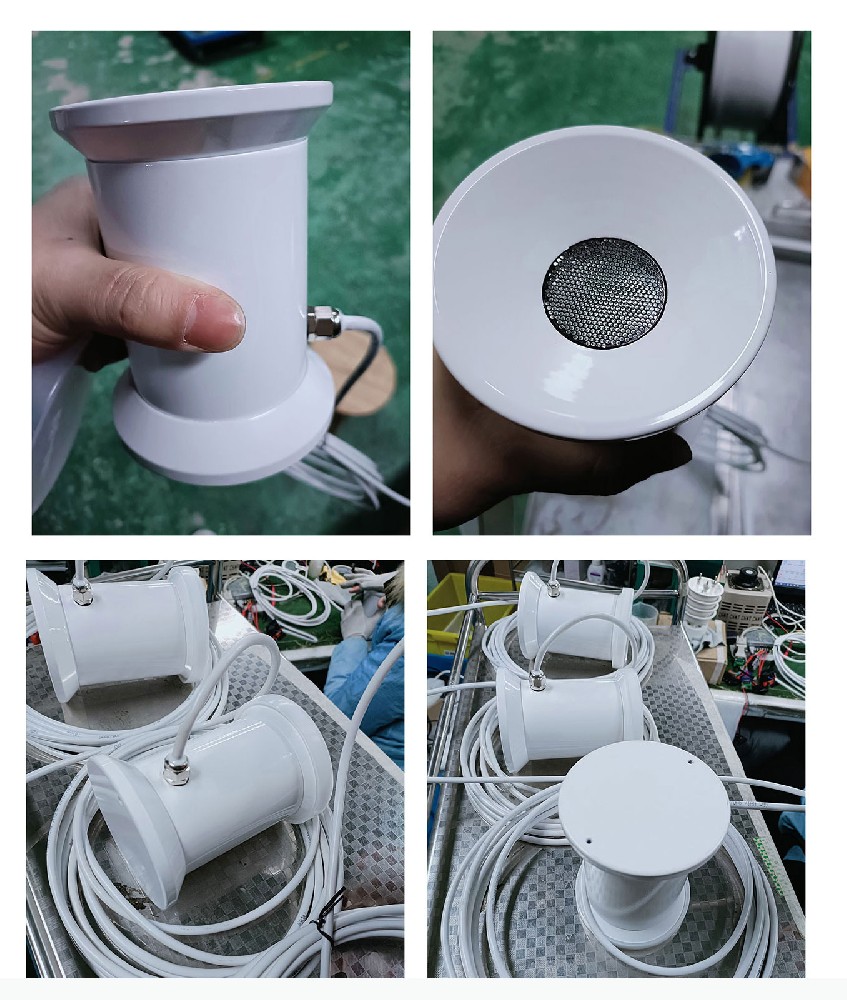
1. Transmitter: The sensor contains a transmitter that generates ultrasonic waves, typically in the range of 20 kHz to 100 kHz, which are frequencies above the range of human hearing.
2. Receiver: The sensor also has a receiver to detect the returning echoes of the waves as they bounce off the ground or the bottom of the snowpack.
3. Wave Propagation: The ultrasonic waves travel through the air and into the snow. The speed of sound in snow is affected by its density and temperature, which means the waves will travel at a different speed than in air alone.
4. Echo Detection: When the waves hit the ground or the bottom of the snowpack, they bounce back to the sensor. The receiver detects the returning waves, and the sensor measures the time it took for the waves to travel to the snow layer and back (the round trip).
5. Distance Calculation: Using the known speed of sound in air and snow, and the measured time of flight, the sensor calculates the distance to the snow surface. Since the waves travel through air to the snow and then through the snow to the ground, the sensor needs to account for the speed of sound in both mediums to accurately calculate the snow depth.
6. Data Output: The sensor outputs the calculated snow depth, which can be transmitted to weather stations, road maintenance departments, or other monitoring systems. Some sensors may also provide additional information such as snowpack temperature or density.
Ultrasonic snow sensors are valuable tools for monitoring snowpack conditions, as they can provide real-time data on snow depth, which is important for avalanche forecasting, winter road maintenance, and water resource management. They are often used in areas where accurate snow measurements are critical for public safety and resource planning.
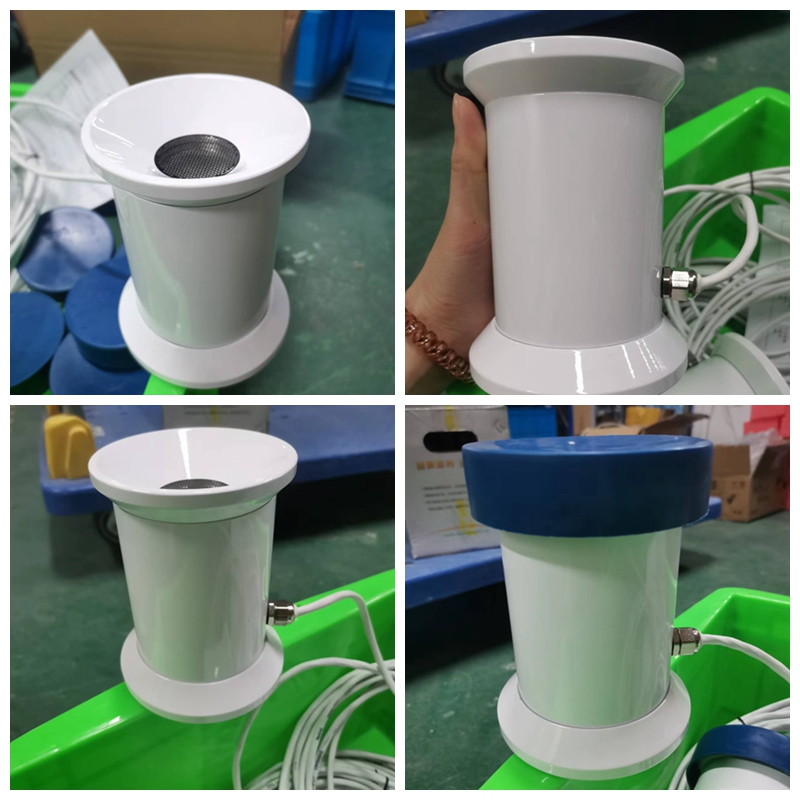
Precision and Accuracy: Ultrasonic sensors are highly precise and accurate in their measurements. The high frequency and short wavelength of ultrasonic waves enable fine-grained detection, minimizing errors in snow depth measurements.
Directionality: Ultrasonic waves have good directionality, meaning they travel in a straight line with minimal dispersion. This allows the sensor to focus on a specific area and accurately measure snow depth without interference from surrounding objects.
Non-intrusive Measurement: The sensor does not require physical contact with the snow surface, making it a non-intrusive measurement method. This reduces the risk of damage to the sensor and ensures continuous and reliable measurements.
Environmental Resistance: Ultrasonic sensors are designed to withstand harsh environmental conditions, including low temperatures and snowy weather. They can operate effectively even in adverse weather conditions, providing reliable snow depth data.
Real-time Monitoring: Ultrasonic snow sensors can provide real-time measurements of snow depth, allowing for prompt and accurate monitoring of snowfall conditions. This information is crucial for weather forecasting, climate research, transportation management, and other applications that require timely snow depth data.
Applications of ultrasonic snow sensors are diverse, ranging from weather stations and avalanche warning systems to agricultural monitoring and environmental research. Their precision, reliability, and ability to operate in extreme conditions make them an ideal choice for snow depth measurement in various settings.
Ultrasonic snow depth sensor application scenarios include:
1. meteorological observation: used to measure snow depth and provide data to support meteorological forecasting and climate change studies.
2. Traffic management: used to monitor the snow accumulation on roads, providing a basis for traffic control and snow removal.
3. agricultural monitoring: used to assess the penetration of snow water into the soil, which is important for agricultural production.
4. environmental monitoring: to monitor the snow cover area and snow melting, providing data support for environmental research and protection.
5. geological research: used to measure the depth of glaciers and snow fields, providing data support for geological research and glacier monitoring.
Ultrasonic snow depth sensor price
The price of ultrasonic snow depth sensors varies depending on the brand, model, performance and other factors, and you need to consult the relevant supplier or manufacturer for the exact price. In general, prices may range from $500 to $2,000.
Sensors & Weather Stations Catalog
Agriculture Sensors and Weather Stations Catalog-NiuBoL.pdf
Weather Stations Catalog-NiuBoL.pdf
Related recommendations
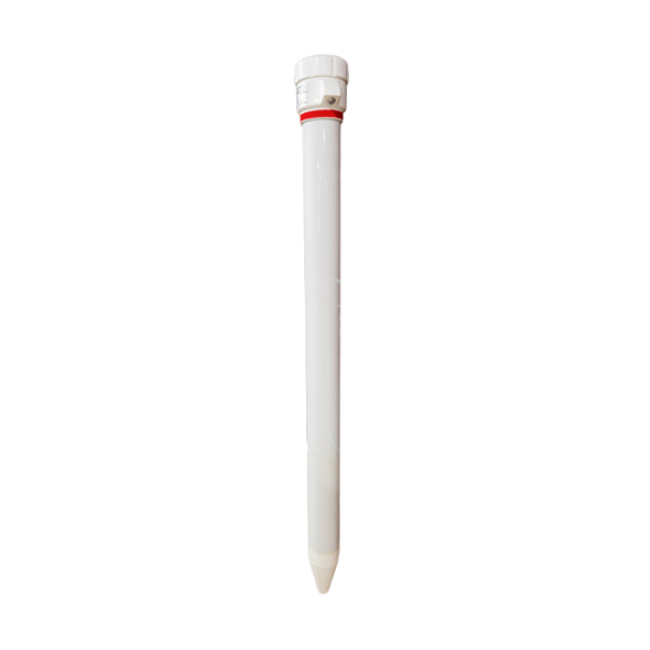 Multi-Depth Soil Sensor RS485
Multi-Depth Soil Sensor RS485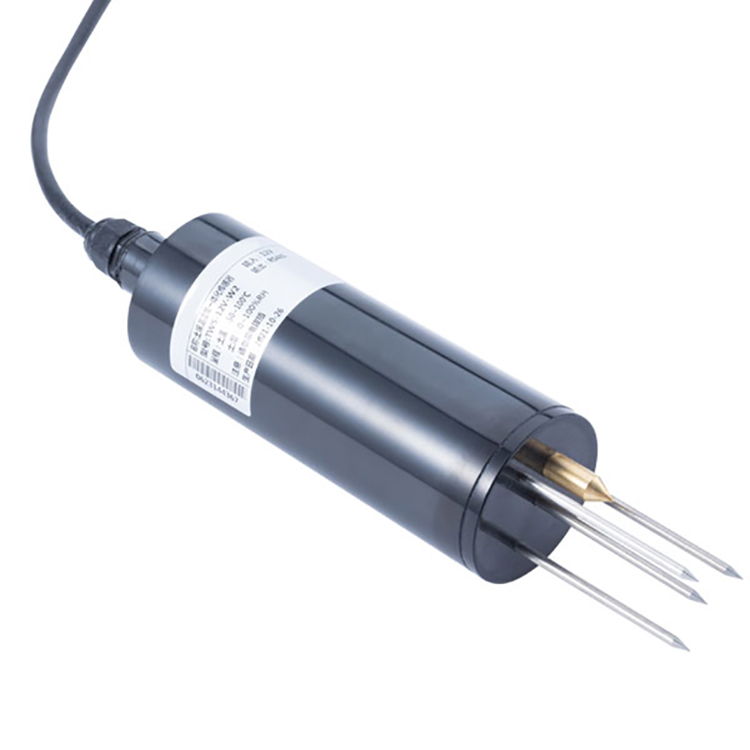 TDR Soil Moisture Sensor
TDR Soil Moisture Sensor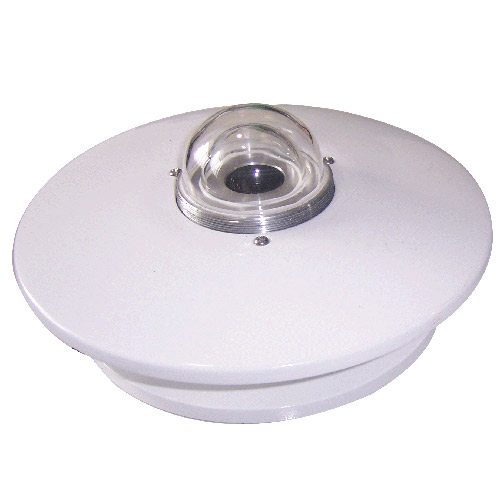 Pyranometer Solar Radiation Sensors
Pyranometer Solar Radiation Sensors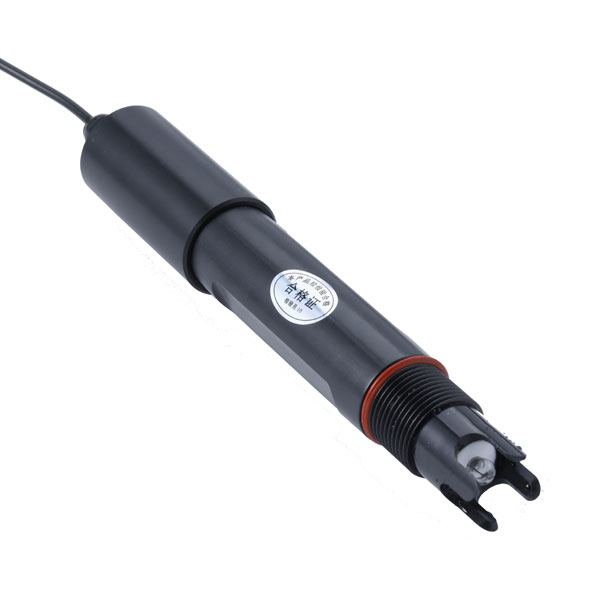 Soil ph sensor
Soil ph sensor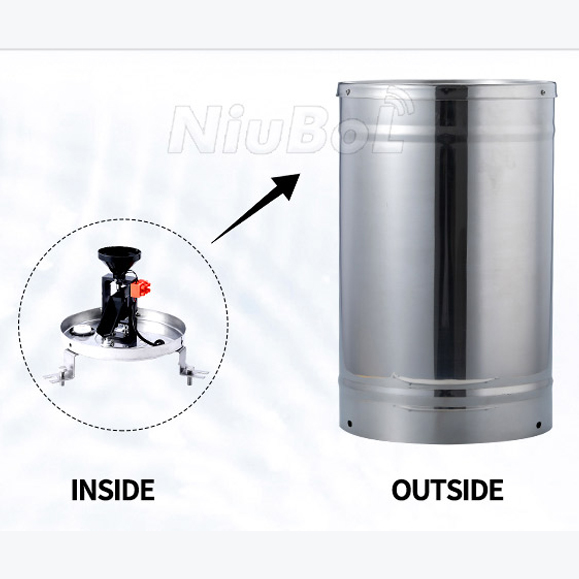 Tipping Bucket Rain Gauge
Tipping Bucket Rain Gauge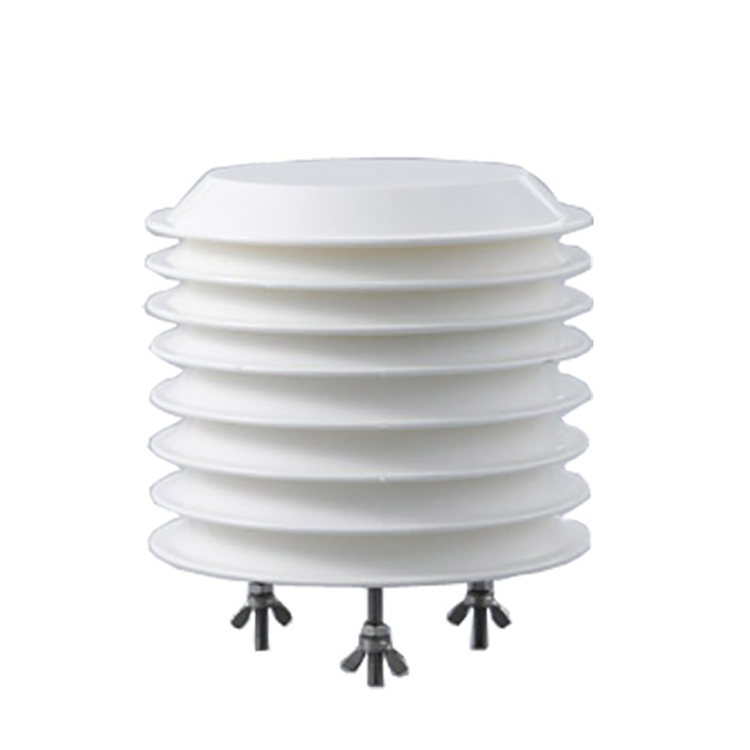 Air Temperature and Humidity Sensor
Air Temperature and Humidity Sensor
Screenshot, WhatsApp to identify the QR code
WhatsApp number:+8615367865107
(Click on WhatsApp to copy and add friends)
